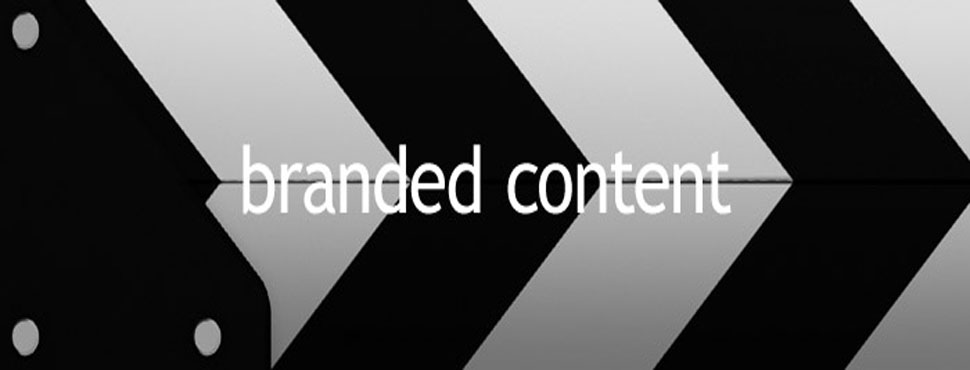All I’m asking for is total perfection.
– President Business, The Lego Movie
The relationship between content and advertising has changed. Before the aughties (or thenoughties as some people prefer to call them), I worked at a traditional print publishing house where the sales and editorial teams didn’t interact. The editors didn’t want to be tarnished by the salespeople who were out talking and selling directly to brands. I’m overstating this a little for effect, but not by much.
Fast forward to today and I find myself at a modern media company where the editors have a very different view of working with brands. Why? In the digital publishing space, there’s no cover price or cover sales and without advertising or branded content, we can’t sustain free editorial online. We don’t publish a printed magazine on a weekly or monthly basis so have no associated revenues coming in. If we’re going to publish great content we need to be able to fund it.
So we need to support brands, but in a sensitive way that doesn’t compromise the relationship between editors and the readers. Meanwhile, editors need to be more responsive and open-minded about how brands fit within the publishing ecosystem and are more willing to bring brands into the fold.
Consider this example from B&Q. As part of a wider campaign to help home-lovers make the most of unused spaces, the DIY brand worked closely with the editors of Remodelista to produce a two-part content series centered on the theme of unloved rooms. The on-site article was 100% editorial, not mentioning the B&Q brand or product, but working the ‘unloved rooms’ strategy to the max. The social actions from readers as a result were exceptional: it got people talking on the Remodelista site itself, on Facebook, Twitter and Pinterest activity soared.
Traditionally, the publishing balance has been skewed towards the readers and the editors and unfortunately for brands it was hard for them to get a look in. But in the new world, it’s actually the brands that are fuelling and paying for this ecosystem to survive – and thrive.
BuzzFeed is a prime example of this new wave of content producers – but not as we know in the traditional publishing form – being financially powered by brand integration. BuzzFeed is very open and regularly incorporates brand messages into its posts and it’s been successful – like this hilarious collaboration with a brand that has over 4 million views.
My focus is softening as I try to make sense of what I’m looking at. I imagine many readers are experiencing the same. The union between the two is progressing at fast clip. It’s time to embrace this ‘brave new world’ in which editors are open-minded and welcome a dialogue with brands. Consumers don’t feel cheated by the blurring line because there’s a real value exchange, with content being the currency.
I for one am backing this new status quo. This is the year that branded content breaks through in a meaningful way. Larger publishers will start to challenge their editors to think beyond their own silos and brands will work even harder to find the sweet spots to make their content resonate within the editorial.
We’re already starting to see it happen at scale. Take Bauer Media for example, a traditional publisher that recently tapped into the trend with thelaunch of The Debrief, a multi-platform brand funded primarily by native advertising. Even The New York Times – once strongly opposed to native advertising – announced that it would start selling ‘Paid Posts’ to live within its digital content, and Forbes has its own dedicated BrandVoice channel. Even the hallowed Wall Street Journal, which once said native ads can lead to Faustian pacts, has joined the party.
Brands have got to a position now where they are more than considering this channel. There’s a critical mass of brands using this marketing technique right now and further momentum will only build from here.
And why not? If the net result is more money flowing the to the most creative and interesting content producers, we all win – whether we’re readers, publishers, advertisers or brands.
Paps Shaikh is European GM of Say Media. Follow him on Twitter @papscallion .
*This was originally posted on SayDaily

